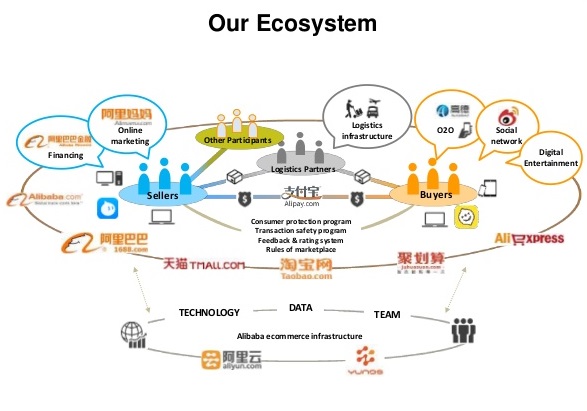Late last year the Journal of Business Logistics published a piece by Christopher Craighead (Penn State), David Ketchen (Auburn University) and Russell Crook (University of Tennessee) arguing that persistent and accelerating disruption has transformed supply chains into supply ecosystems. (See immediately prior post for reference to the the "Walmart retail eco-system".)
Craighead, Ketchen, and Crook write, "We define a supply ecosystem as a set of interdependent and coordinated organizations that share some common adaptive challenges and that collectively shape the creation and nurturing of a sourcing base that contributes to competitive advantage and superior performance.”
According to the authors, the three key implications of the shift toward ecosystems include:
- Co-opetition”: The term “co-opetition” refers to the simultaneous competition and cooperation. Though each member of the ecosystem is inextricably linked, they also compete with each other for resources.
- Pursuit of dual goals for the creation of value: Though each member of the ecosystem’s goal is still to create its own value, it must also consider the good of the ecosystem. As the authors wrote, “(A) firm’s goals must sometimes be sacrificed for the greater good of the ecosystem.”
- Common knowledge- and skill-base: Competencies that are shared across the ecosystem will benefit all member firms.
Supply Chain Resilience: Diversity + Self-organization = Adaptation.


No comments:
Post a Comment